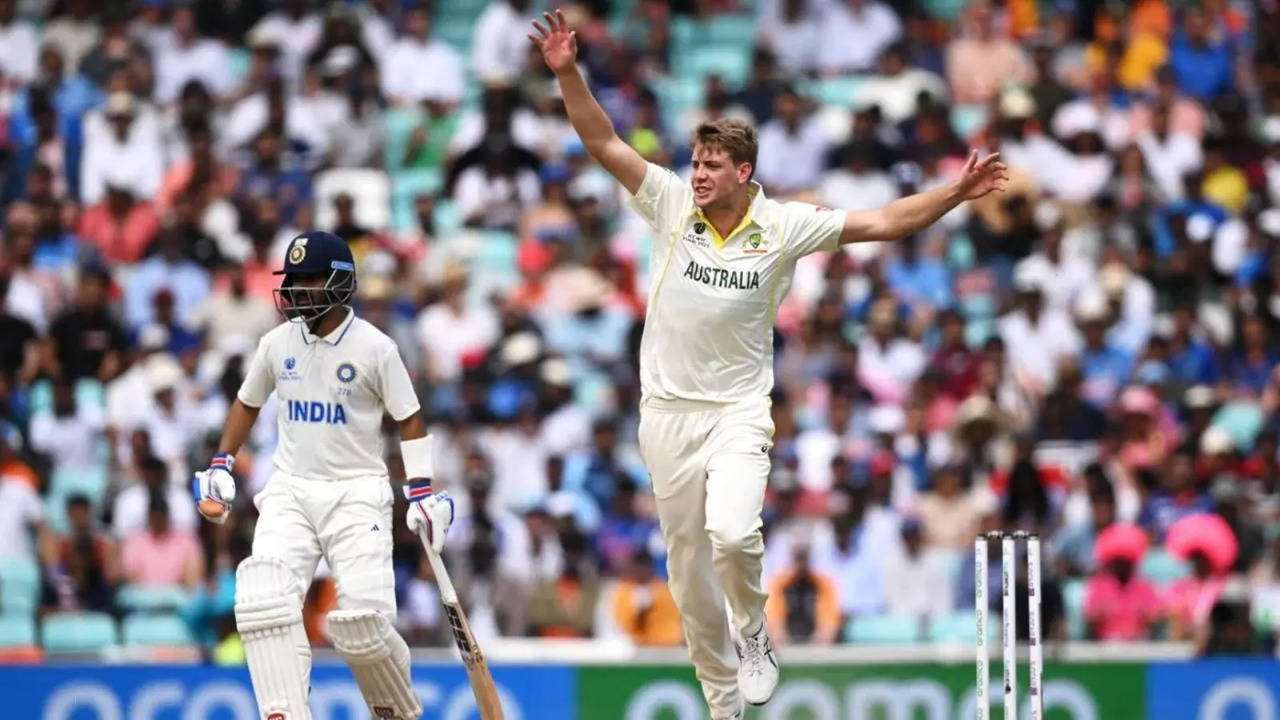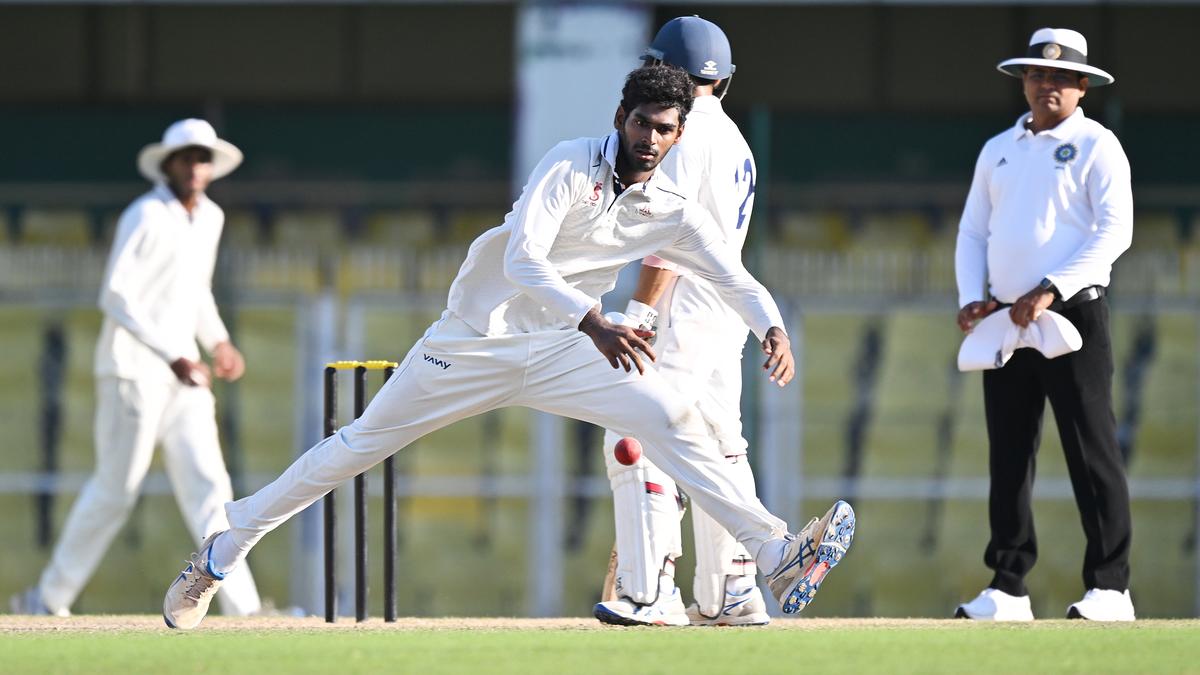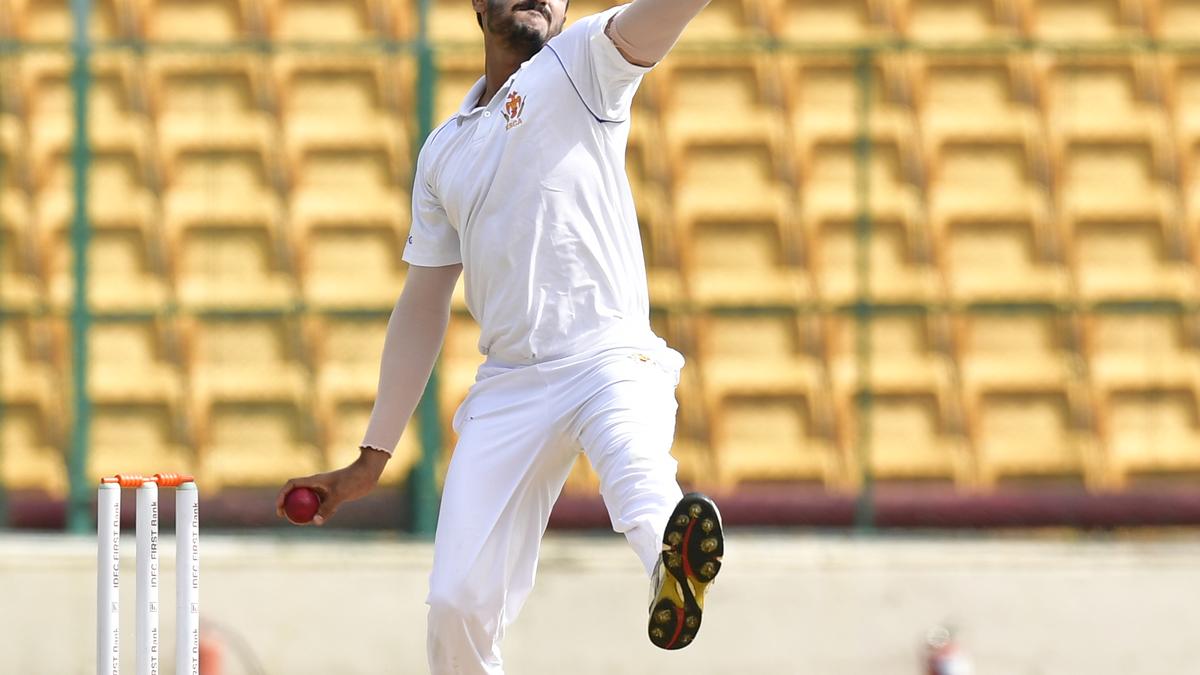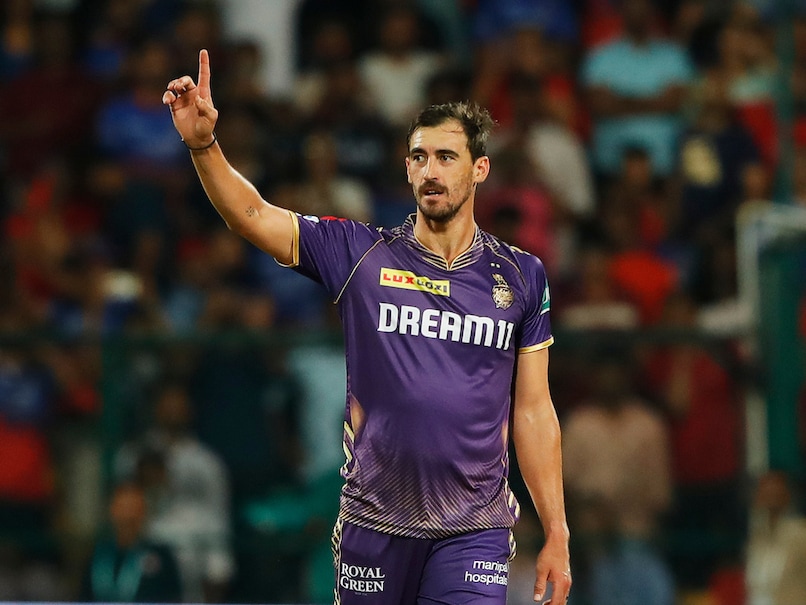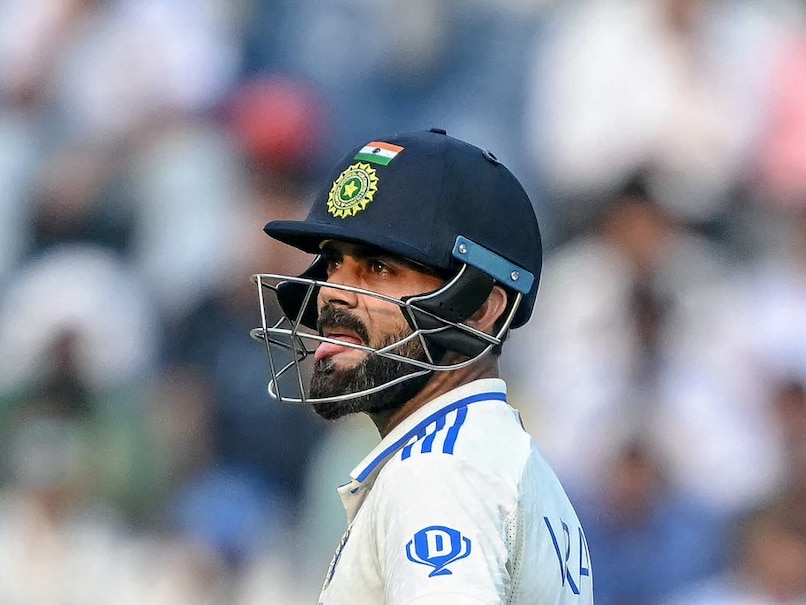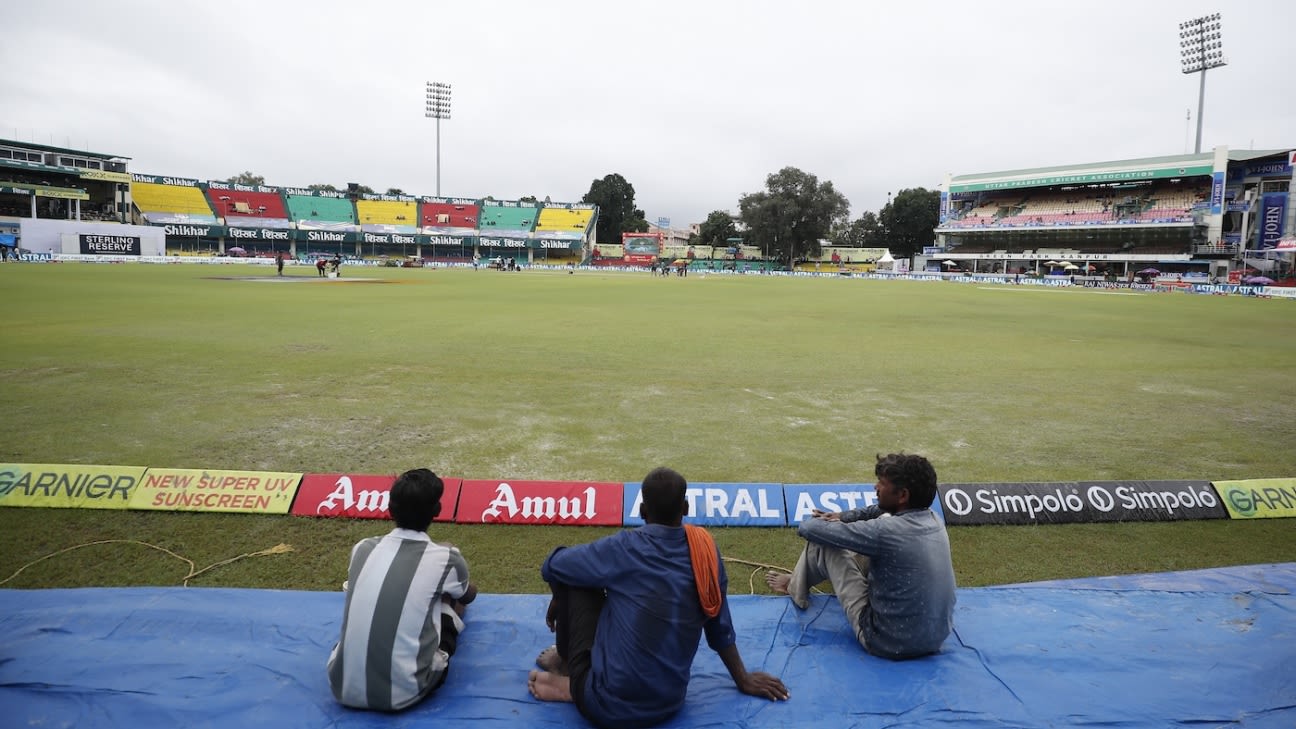Cameron Green’s availability for the Border-Gavaskar Trophy against India has been a subject of speculation, with the all-rounder expected to be available as a batter from the start of the series. However, his bowling status remains uncertain, with the possibility of him returning to the crease by the end of the five-Test showdown.
Cricket Australia is set to provide an official update on Green’s back injury later this week. According to reports, plans are underway to accommodate Green’s limited bowling capacity during the Test summer. While he is ruled out of the opening Sheffield Shield round and unlikely to feature in the second, there is a chance he could play as a batter for Australia A against India A in early November.
Despite his potential bowling limitations, the 25-year-old Green is considered a crucial member of Australia’s top-six, especially after David Warner’s retirement last summer. Steve Smith’s move to opener was partly made to facilitate Green’s inclusion.
With five Tests scheduled within a short span of six weeks from late November, Mitchell Marsh may be required to step up as the primary bowler. Off-spinner Nathan Lyon is also expected to shoulder a heavy workload, particularly in Perth, Adelaide, and Brisbane, where the first three Tests will be played.
Former Australian team doctor Peter Brukner believes that Green’s back stress injury should not prevent him from batting or fielding once the initial pain subsides and the bone begins to heal. Green experienced discomfort after the third ODI against England and returned to Perth for scans.
“As soon as there’s any hint of back pain, they whip them off for an MRI to see if there’s any bone edema, which is the first sign there’s some stress there,” Brukner said. “That shows up fairly early in the process, so if you pick that up, it’s an opportunity to back them off rather than pushing through it until it gets to a fracture.”
Green’s Test debut in 2020 saw him restricted to bowling loads of about four overs per innings, and he may face a similar workload by the end of the India Tests. Melbourne and Sydney have traditionally been venues where Australia’s selectors seek additional bowling options due to the slower pitches and the matches typically falling at the end of long series.
“The issue is the load, and as the bone recovers, you gradually increase the load through the bone,” Brukner explained. “The load comes mainly from bowling – batting and fielding don’t put a huge load on that part of the body, so it’s feasible that once the pain settles down, you can bat and field without too many problems and feel fine.”
In Green’s absence, Scott Boland and Michael Neser are likely to be considered as reserve options. Neser made an impressive start to the season for Queensland, dismissing Cameron Bancroft and Jayden Goodwin with the first two balls of the match and finding an edge from Marsh.

